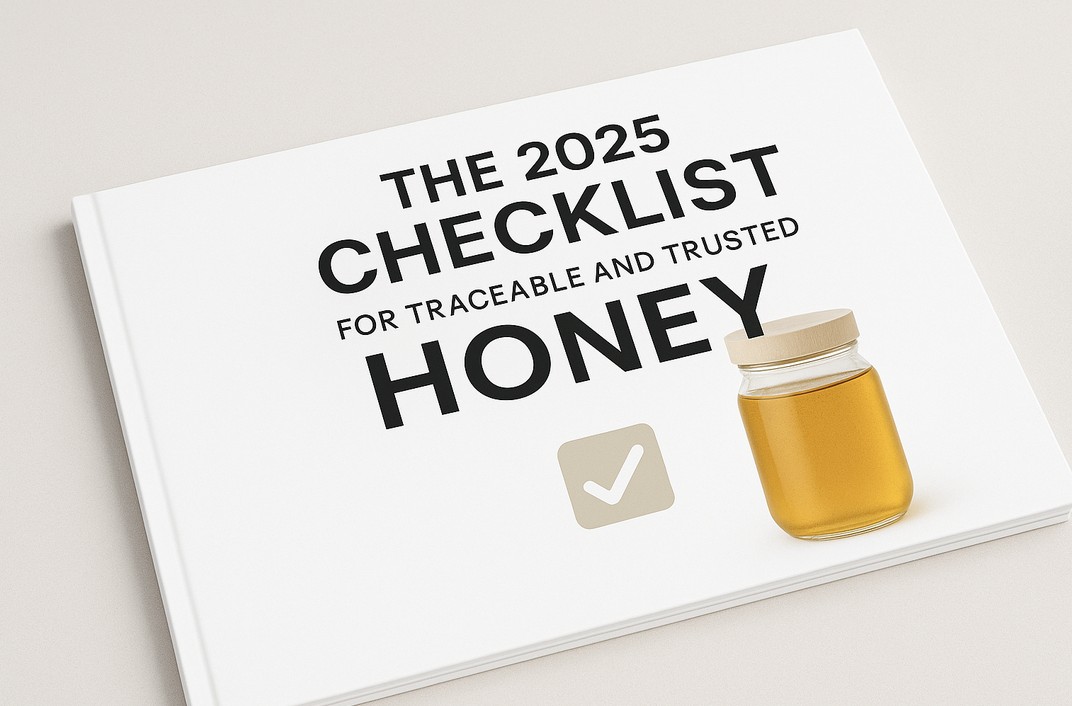A Closer Look
Wood Overview




Wood
Behind the Commodity: What Wood Really Tells Us
Wood is one of humanity’s oldest materials — and one of the most widely traded. From furniture and flooring to paper and packaging, it touches nearly every sector. Yet as demand grows, so does the risk of illegal logging, deforestation, and unsustainable harvesting.
The global wood trade is worth over $500 billion annually (World Bank, 2023), but much of it still flows through opaque supply chains, where origin, legality, and environmental impact are unclear.
The Problem: Illegal Logging and Limited Verification
Illegal logging accounts for up to 30% of the global wood trade, and as much as 90% in key tropical producer countries (INTERPOL, 2021). This not only accelerates deforestation but fuels corruption, displaces communities, and undermines legal producers.
Now, with the EU Deforestation Regulation (EUDR), all wood products sold in Europe must be backed by verifiable proof that they were harvested legally — and not from land deforested after December 2020.
But many wood supply chains involve dozens of actors — from loggers and sawmills to wholesalers and manufacturers — with minimal data sharing or standardization.

The Cost: Reputational Risk and Export Barriers
Without traceability, producers and brands risk:
Blocked access to regulated markets like the EU
Legal penalties for non-compliance
Consumer backlash over unclear or misleading sourcing claims
Even FSC-certified wood has faced scrutiny due to fraudulent labeling and lack of digital verification. As a result, importers and retailers are demanding more transparent, data-driven sourcing practices.

The Opportunity: Traceability for Trust and Trade
Wood traceability systems enable:
GPS-verified harvest location data
Chain-of-custody tracking across sawmills and processing facilities
Digital proof of legality and forest management standards
This builds trust with regulators, buyers, and end consumers — and protects the value of sustainable forests.
As Dr. Frances Seymour, forest policy expert, said: “If we can track tuna and tomatoes, we can track trees. And we must.”

What We’re Doing About It
Palmyra works with forestry operators, exporters, and certifiers to build verifiable, user-friendly traceability systems for wood products.
Our tools help:
Record legal harvest permits and GPS logging points
Trace logs through mills and transformation steps
Generate EUDR-ready reports for international buyers
Whether you’re sourcing timber, plywood, paper pulp, or finished products — we help ensure your wood can be trusted.
“Buyers used to ask for FSC. Now they ask for data. With Palmyra, we’re ready.”
— João Teixeira, Forest manager, Pará, Brazil

Traceability Isn’t About Tech — It’s About Responsibility
Wood can be both renewable and ethical — but only when its journey is transparent.
The 2025 Checklist for Traceable and Trusted Cocoa


Theodore Morisis
Director of Business Development Palmyra®
From Olive Groves to Blockchain:
Greek Olive Oil Tokenization

Main Regions
Nigeria
Boki, Nigeria
Focus Areas
Traceability
Tokenization
Solutions
Palmyra Pro
Palmyra App
MOUs Signed
Municipality of Rhodes
Municipality of Messini